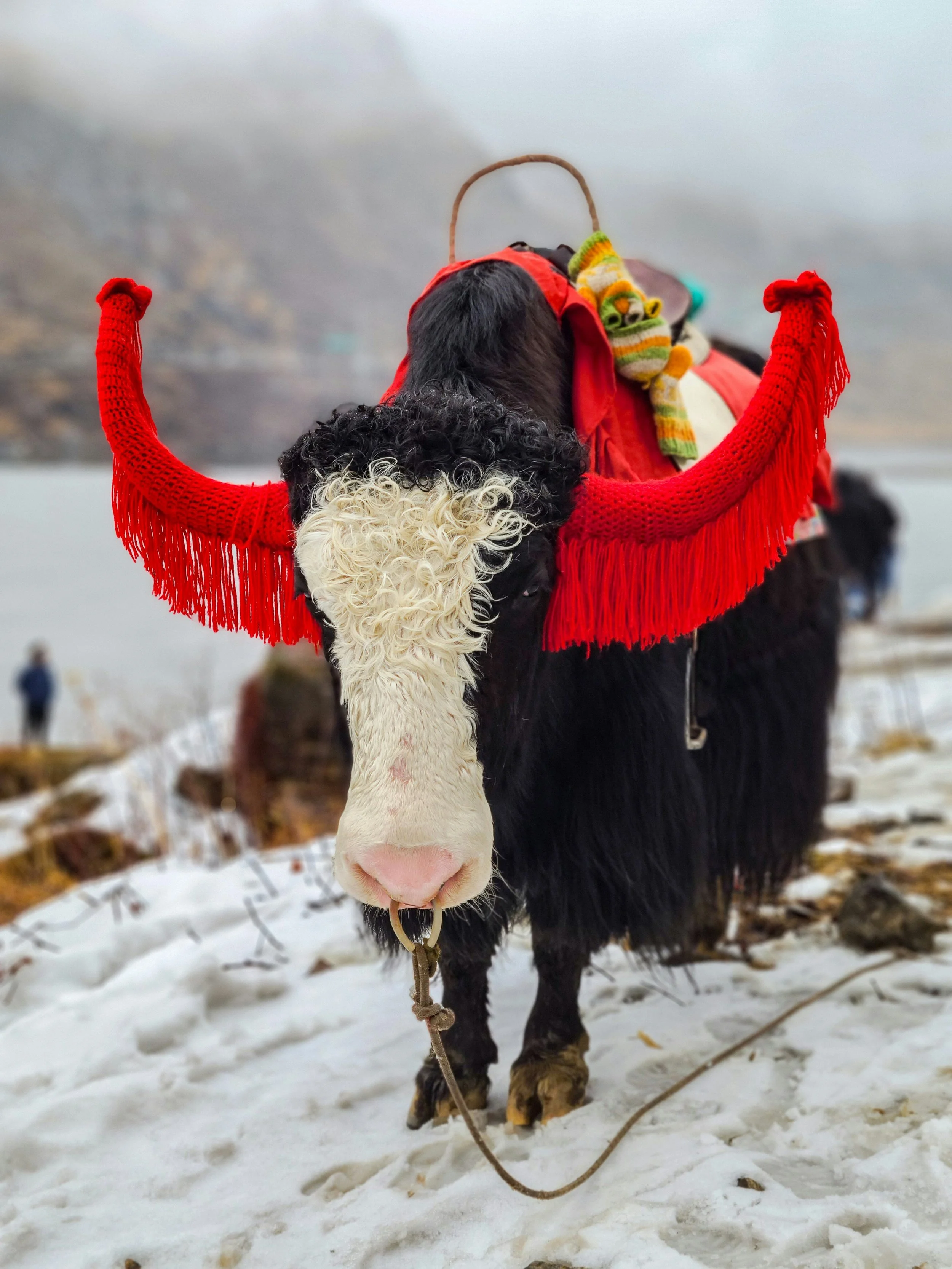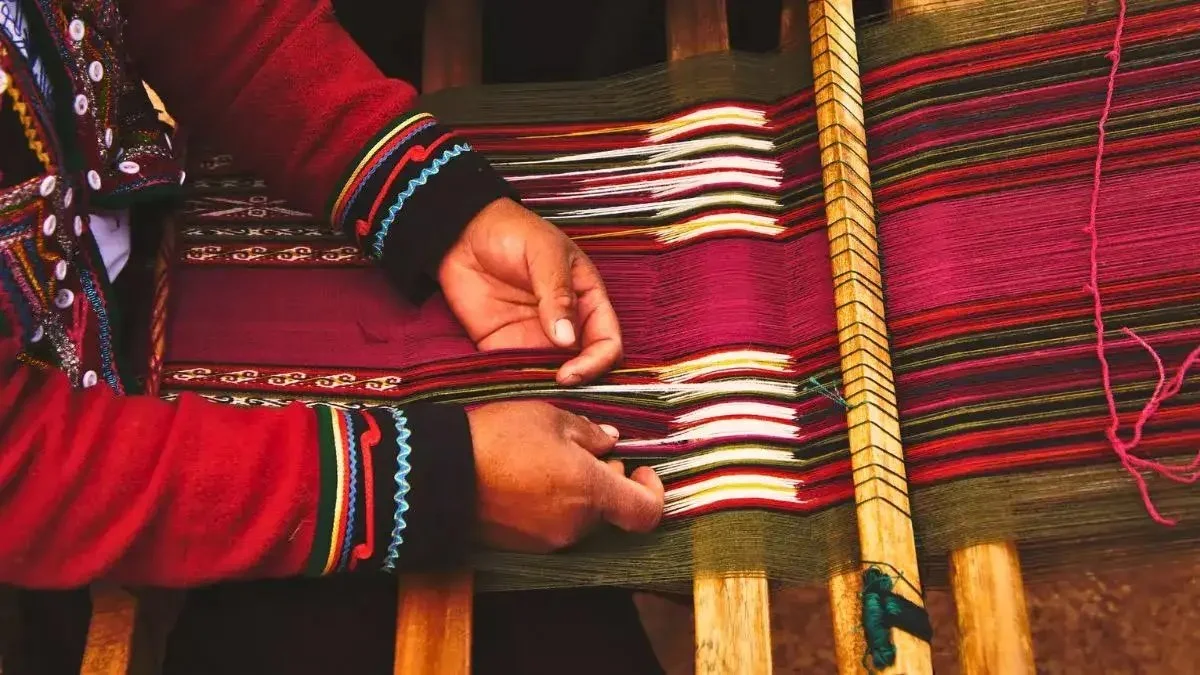7 GI-Tagged Treasures of Sikkim You Must Experience
Perched in the Eastern Himalayas, Sikkim is not just a feast for the eyes—it’s a land that cultivates identity through its soil, crafts, and traditions. Each valley carries the imprint of centuries-old practices, from hand-plucked teas to vibrant woven woollens. Beyond monasteries and mountain trails, Sikkim’s Geographical Indications (GI) tagged treasures tell a story of pride, place, and preservation. For the curious traveller, tracing these GI heritage spots offers a journey through taste, texture, and time.
Here’s your guide to exploring seven GI-tagged wonders of Sikkim, and a few equally special crafts that deserve the same recognition.
1. Temi Tea: Sikkim’s Golden Brew
Established in 1969, the Temi Tea Estate in South Sikkim is one of India’s most scenic plantations. Nestled on gentle slopes at 4,800 feet, it produces rich, floral black teas that rival Darjeeling’s best. Temi’s GI tag celebrates its organic cultivation and hand-rolled leaves that embody Sikkim’s clean, green ethos.
Where to visit:
Temi Tea Garden, near Ravangla
Temi Tea Boutique, Gangtok
Traveller’s tip: Stay at the Temi Tea Estate bungalow overlooking the misty hills and join a tea-tasting and plucking session.
2. Dalle Khursani: The Fiery Red Jewel of Sikkim
This small but mighty chilli, fondly known as the King of Chillies, holds both a GI tag and a cult following. Bright red and fiery, Dalle Khursani adds heat to chutneys, pickles, and even momos.
Where to find it:
MG Marg spice stalls, Gangtok
Organic markets in Namchi and Singtam
Traveller’s tip: Don’t miss the local “Dalle paste,” sold in tiny glass jars—perfect as a travel souvenir.
3. Sikkim Large Cardamom: The Fragrant Giant of the Hills
Sikkim contributes nearly 80% of India’s large cardamom production. Its smoky aroma and bold flavour are a result of traditional drying over wood fires in bamboo structures.
Where to visit:
Dzongu and Mangan farms in North Sikkim
Cardamom nurseries around Namprikdang
Traveller’s tip: Visit post-monsoon (October–December) to see the harvest and interact with local farmers who still use ancient drying kilns.
4. Sikkim Ginger: The Subtle Spice of the Mountains
Unlike its southern counterpart, Sikkim’s ginger is aromatic, fibrous, and distinctly mild. Cultivated organically, it’s prized by herbalists and chefs alike.
Where to find it:
Rural markets around Pakyong and Soreng
Sikkim State Emporium, Gangtok
Traveller’s tip: Try the ginger honey infusion served in small cafes near Tadong—it’s a local health elixir.
5. Sikkim Mandarin Orange: Sunshine in a Peel
Bright, juicy, and fragrant, the Sikkim mandarin has earned its GI tag for its exceptional sweetness and organic growth on terraced slopes.
Where to visit:
West Sikkim’s Rinchenpong and Soreng orchards
Seasonal mandarin festivals (December–January)
Traveller’s tip: Stop by local homes to taste traditional orange preserves, a winter staple.
6. Sikkim Buckwheat: The Forgotten Grain of the Himalayas
Buckwheat, locally known as fapar, is regaining its glory as a superfood. Its nutty flour is used to make pancakes and sel roti during local festivities.
Where to try:
Traditional kitchens in North Sikkim’s Lepcha villages
Farm-to-table cafes around Lachen
Traveller’s tip: Don’t miss fapar ka roti with Dalle chutney — a true mountain pairing.
7. Sikkim Wool and Handicrafts: The Warmth of Tradition
Woollen carpets and blankets from Sikkim are known for geometric patterns inspired by Buddhist motifs. Each piece, handwoven on traditional looms, captures the serenity of monastic art.
Where to buy:
Directorate of Handicrafts & Handloom, Gangtok
Rural artisan hubs in Namchi and Rhenock
Traveller’s tip: Ask to see the hand-dyeing process using natural colours extracted from plants and minerals.
Beyond the GI Tag: Hidden Treasures You Shouldn’t Miss
While not officially tagged, these cultural gems are equally emblematic of Sikkim’s artistic soul:
Thangka Painting: Intricate Buddhist scroll art found in monasteries and workshops in Gangtok.
Lepcha Weaves: Textiles made from nettle fibres and cotton, showcasing tribal patterns of North Sikkim.
Handmade Bamboo Craft: Baskets, mugs, and mats made by rural artisans in Temi and Yuksom.
Kinema (Fermented Soybean): A protein-rich delicacy similar to Japanese natto, often eaten with rice and pickles.
Chhurpi (Yak Cheese): A chewy, tangy snack that locals swear by — available in Gangtok’s Lal Bazaar.
Why Travel Through Sikkim’s GI Heritage
Exploring Sikkim through its GI-tagged treasures is more than a food or shopping trail—it’s a story of how people, geography, and craft shape identity. These are not just products but symbols of sustainability, resilience, and cultural pride.
So, sip Temi tea by the misty hills, taste the heat of Dalle Khursani, and walk through spice-scented valleys—because in Sikkim, every flavour is a piece of history.






